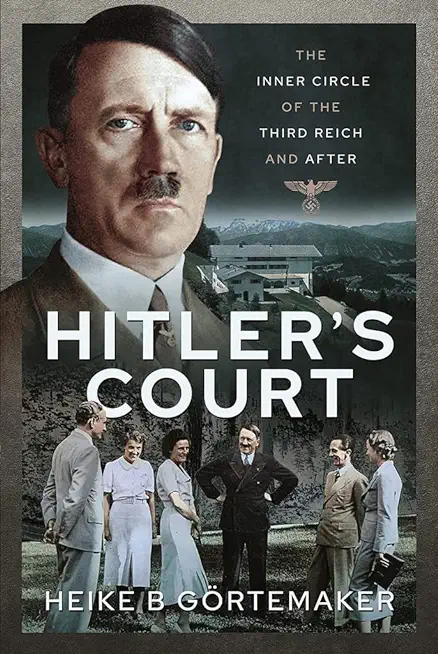
Görtemaker, Heike B.
product information
description
6Hitler was not a lonely, aloof dictator. Throughout his rise in the NSDAP, he gathered a loyal circle around him, which later took on the features of a regular court, and was surrounded by people who celebrated, flattered and intrigued him.
Who belonged to this inner circle around Hitler? What function did this court fulfill? And how did it influence the perception of history after 1945? Using previously unknown sources, Heike Görtemaker explores Hitler's private environment and shows how this inner circle made him who he was.
Biographies of Hitler often concentrate on his obsession with self-image: "If you subtract what politics is about him, little or nothing remains," said Ian Kershaw, and Joachim Fest asserted: "He did not have a private life." For Alan Bullock the "Führer" was an "uprooted man without a home or family". Hitler's inner circle, the Berghof Society, was his private retreat. But the court was more than that. It provided him with the support he needed to be able to take on the role of "Führer" at all, while at the same time allowing him to use its members as political front men. Most of all, it represented a conspiratorial community whose lowest common denominator was anti-Semitism.
In this book, Heike Görtemaker asks new questions about the truth behind Hitler's inner circle and, for the first time, also examines the "circle without leaders"; the networking of the inner circle after 1945.
Who belonged to this inner circle around Hitler? What function did this court fulfill? And how did it influence the perception of history after 1945? Using previously unknown sources, Heike Görtemaker explores Hitler's private environment and shows how this inner circle made him who he was.
Biographies of Hitler often concentrate on his obsession with self-image: "If you subtract what politics is about him, little or nothing remains," said Ian Kershaw, and Joachim Fest asserted: "He did not have a private life." For Alan Bullock the "Führer" was an "uprooted man without a home or family". Hitler's inner circle, the Berghof Society, was his private retreat. But the court was more than that. It provided him with the support he needed to be able to take on the role of "Führer" at all, while at the same time allowing him to use its members as political front men. Most of all, it represented a conspiratorial community whose lowest common denominator was anti-Semitism.
In this book, Heike Görtemaker asks new questions about the truth behind Hitler's inner circle and, for the first time, also examines the "circle without leaders"; the networking of the inner circle after 1945.
member goods
No member items were found under this heading.
Return Policy
All sales are final
Shipping
No special shipping considerations available.
Shipping fees determined at checkout.







